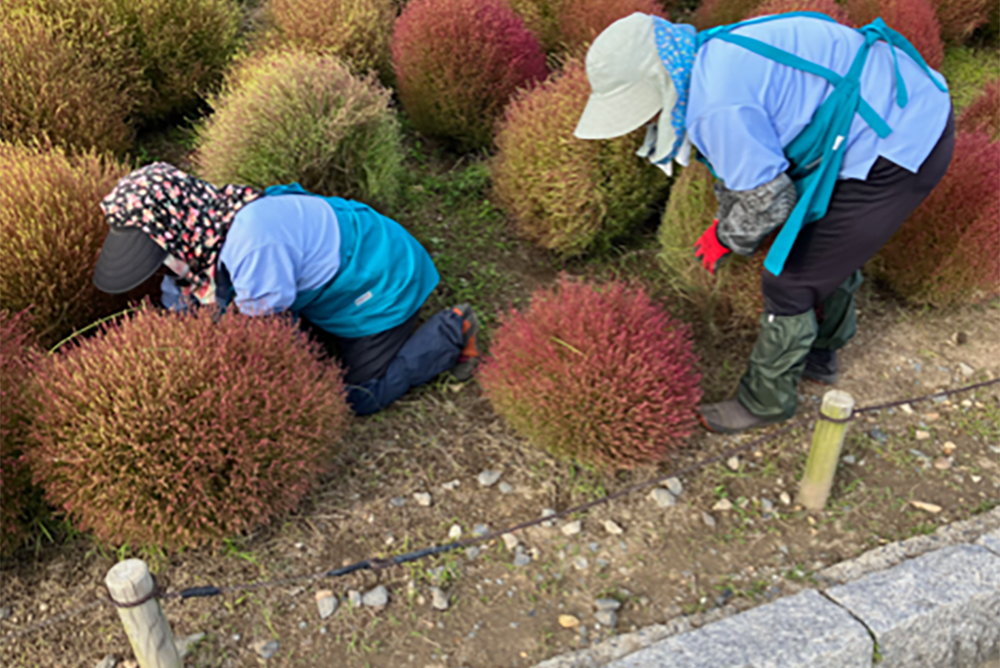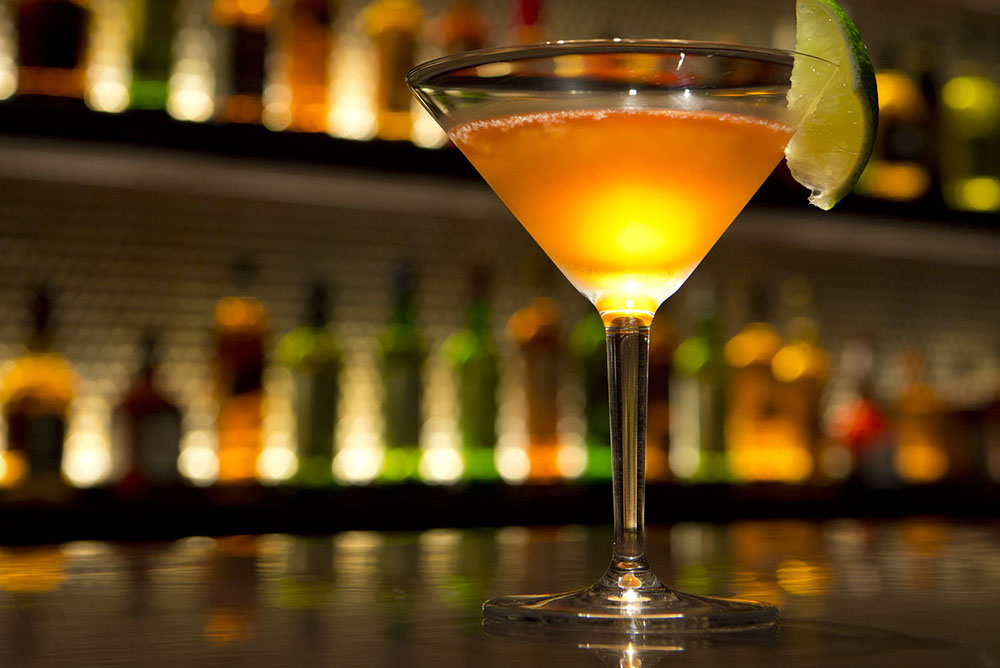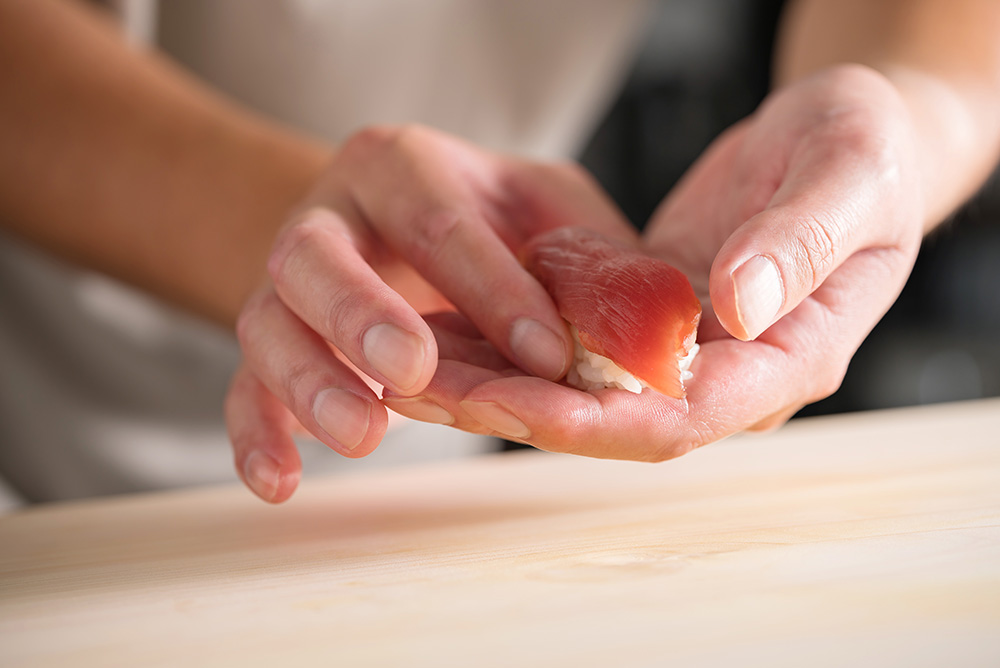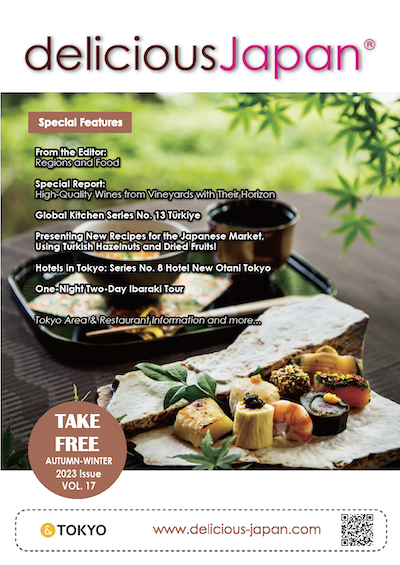



Interveiw with Hiroshi Tajima, Executive Director of Washoku Japan
Q1 Tell us about the reasons and background leading to the UNESCO inscription.
With its long north-south extension, abundant nature, and surrounding seas, Japan is blessed by different ingredients through its four seasons. Over countless years, Japan has formed a dietary culture that is interlinked with traditional regional ceremonies and cooking methods.
With the declining birth rate and the aging of society in recent years, however, involvement with local society is fading, while the globalization of food is also advancing. In this situation, we need to be aware of a crisis facing the protection and continuation of the superior traditional culinary cultures that have been handed down in regional communities. Acting on this situation, the Basic Act on Food Education (2005) called to “Promote the continuation of Japan’s traditional and excellent culinary culture, including its links to traditional ceremonies, its rules, and its special regional characteristics”. The inscription of “washoku” as intangible cultural heritage by UNESCO was needed to prompt individual Japanese people to think about washoku culture and recognize its excellence anew, and to guard and convey that washoku culture into the future, through measures such as food education. Initially, the registration covered “unique and characteristic Japanese cuisine, with a tradition centered on kaiseki cuisine”. With further deliberation and observation of the status of applications by other countries, the content subject to inscription was revised to culture that is carried on by all Japanese people. As a result, the application and inscription were entitled “Washoku, traditional dietary cultures of the Japanese”.
Q2 What is Washoku? And what is washoku culture?
In general, the term “washoku” covers the full range of Japanese-style cuisine, including Japanese cuisine (kaiseki multi-course meals, chakaiseki meals served with tea ceremony, and others), Japanese food (sushi, soba noodles, tenpura, sukiyaki, and other single dishes), home cooking (based on one soup and two or three side dishes), rural cooking (local ingredients and traditional preparation methods), ceremonial food (cuisine associated with ceremonies), and more.
The “washoku” as washoku culture inscribed by UNESCO, on the other hand, goes beyond what can be described by any one culinary genre, and is based in the spirit of reverence for nature that the Japanese people have handed down since ancient times. It is vitally important culture that forms various aspects of the way of life of Japanese people, such as how they eat their meals, and other food-related customs.
Q3 What is the most diffi cult part of conveying washoku to people in other countries?
The problem is that it is regarded as just a type of cuisine, without any understanding of the cultural background, so it is only praised as a fashionable foodie genre that is cool and sophisticated.
There is little awareness or understanding of the Japanese people themselves, and we cannot explain it.
Q4 What is the attraction of washoku that you most want people in other countries to know about?
That’s probably the nutritional balance symbolized by the ichiju sansai (one soup and three side dishes) pattern. It’s not food made from grains, but grain is the main part, and the combination with soup and a few side dishes makes it easier to get a good nutritional balance. The umami flavor of dashi stock, and fermented foods are used skilfully to achieve highly satisfying meals while keeping down the consumption of fat, salt, and sugar. It is often said that “you consume Japanese cuisine with your eyes”, and I think part of the appeal is the way servings, dishes, utensils and other elements are used to express the beauty of nature and the changing of the seasons.
Q5 What is an easy way to enjoy washoku in Japan?
The basics of washoku are rice (as gohan, which is cooked rice) and dashi (mainly soup stock). A diverse range of ingredients, such as fish, meat, and vegetables, and seasonal sensations are then added to take that base closer to washoku culture.
As a first step, I recommend a shokado bento (square boxed lunch) from a relatively highend restaurant. The essence of washoku culture is packed into these boxes, which are divide into four sections. Try that, because multi-course meals are formal, expensive, and not very accessible.
4 Characteristics of Washoku
Diverse, fresh ingredients, and respect for their individual flavors
The land of Japan extends a long way from north to south, and is covered by an expressive expanse of nature through seas, mountains, and villages. Diverse ingredients with local roots are used in each part of the country, and preparation techniques and implements have developed to make the most of their flavors.
Nutritional balance to support a healthy diet
The diet based on ichiju sansai (one soup and three dishes) makes it easy to get a good nutritional balance, makes the most of the umami of dashi stock and of fermented ingredients, and keeps down the intake of animal fats. That helps the Japanese people live long and resist obesity.
Expression of the beauty of nature and the changing seasons
Dishes are decorated with items such as seasonal flowers and leaves, and furnishings and utensil are used that match the season. These techniques express the beauty of nature and the changing of the seasons in a way that is another characteristic of washoku culture.
Intimate linkage with New Year and other annual festivals
Japan’s dietary culture has grown up in close linkage with its annual festivals. Sharing the food that is the blessing of nature, and sharing time for food, deepens family and community ties.





